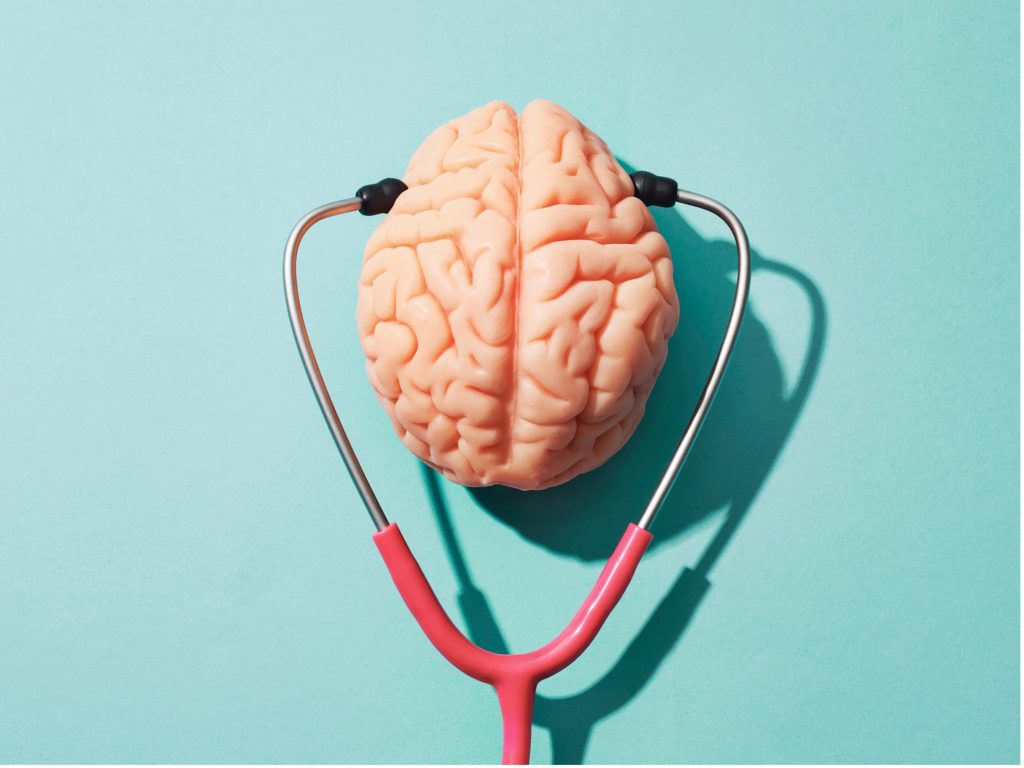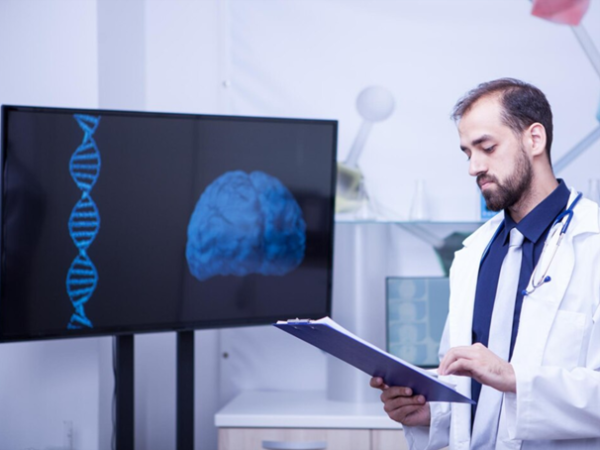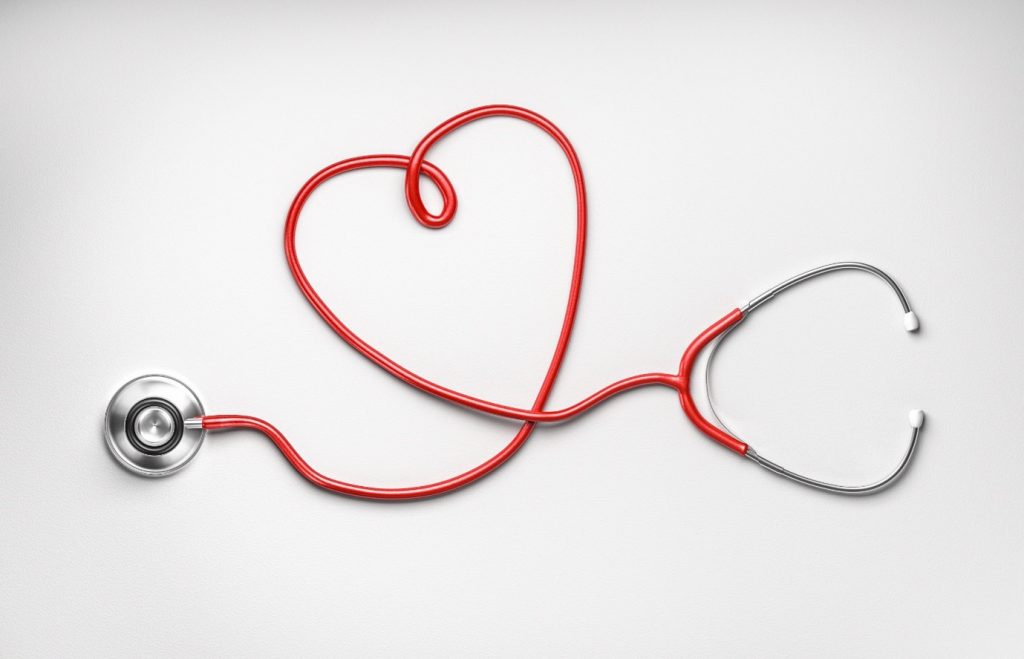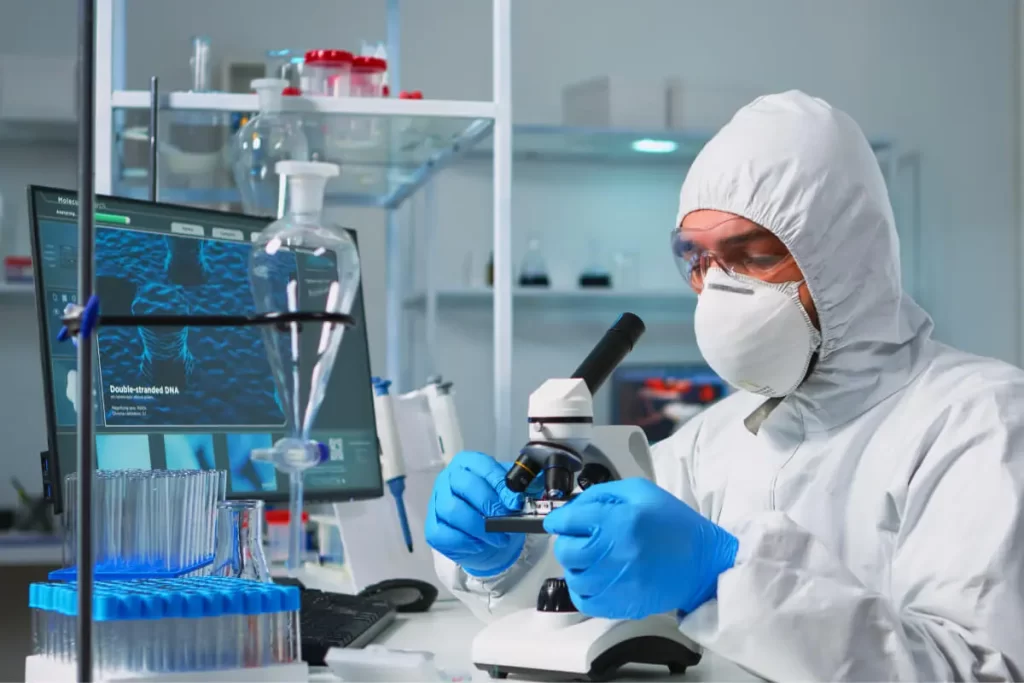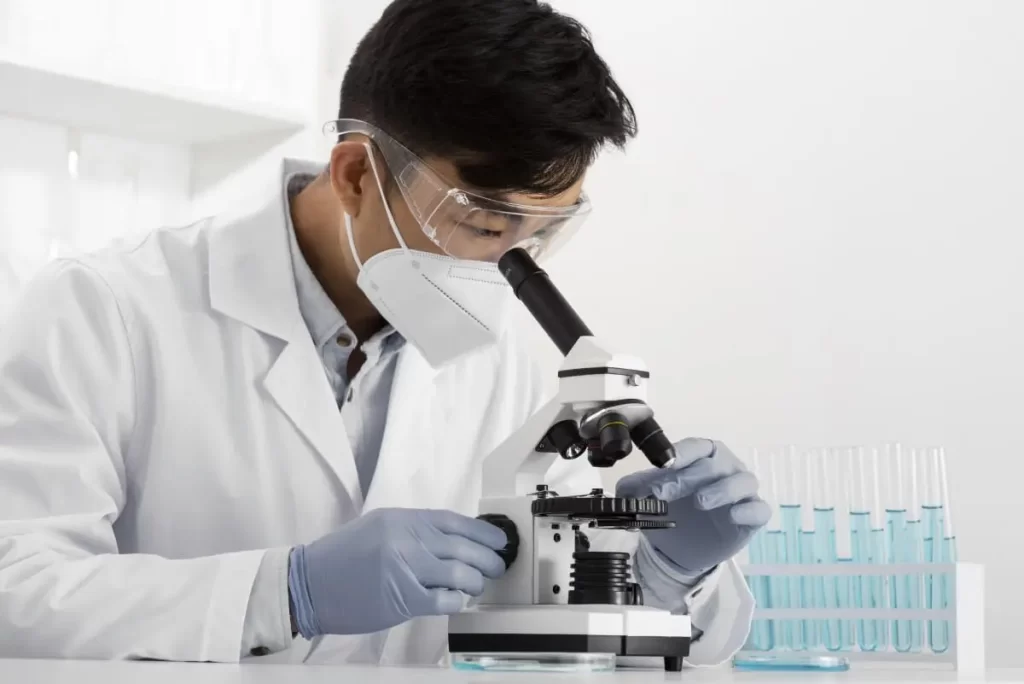Unmasking The Silent Threat: Stroke
Stroke is the third leading lethal cardiovascular disease in Malaysia that has caused 19,928 deaths, 47,911 incidents and 443,995 prevalent cases reported in 2019. Ischemic stroke and hemorrhagic stroke are two types of strokes. Ischemic stroke is a common stroke that occurs when blood clots or plaques block the major blood vessels that supply oxygen and nutrients to the brain and causes the brain cells underwent necrosis. Hemorrhagic stroke occurs when the blood vessel in the brain burst and the leakage exert pressures on neighboring cells, causing more brain cells to rupture.
The Brain’s SOS: Identification and Respond to Stroke Symptoms
Risk of getting stroke becomes an elevating trend towards young adults which ring an alarm on healthcare and early prevention. Challenges arise as the threat of hypertension, diabetes, obesity, high low-density lipoprotein (LDL) cholesterol, and hyperlipidemia overhangs modern society due to unhealthy lifestyle, altering the gene expression that leads to stroke. Furthermore, the symptoms often happen out of the blue. Individuals might experience sudden weakness on limbs, dropping of one side of face, blurred vision, speech and understanding difficulty, headache, loss of coordination, and lose consciousness. Once these symptoms are observed, act fast! Call emergency hotline 999 for help, each second is crucial to reduce consequent disabilities through early treatment and save a life.
Genetic Roadmap: Navigating Stroke Prevention through Genetic Insights
Sometimes the symptoms last for a short time (it could be from minutes to hours) and then go away. Unfortunately, many people don’t know the symptoms until it’s too late. With the advancement of genetic technology, genetic testing comes in handy and allow people to be more proactive by identifying family history and hereditary genetic risk factors that are hidden in your DNA. Over here, using saliva sample, SuperDNA Complete DNA test helps to screen more than 20 health categories such as cancer, cardiovascular and neurological diseases. It determines the risk likelihood of developing diseases including stroke and heart attack. If you have the high stroke risk gene, it serves as a good reminder for you to optimize your lifestyle and monitor the possible signs and symptoms.
Pharmacogenomics (PGx) Test: Helping in Adverse Drug Reaction (ADR) Prevention
Pharmacogenomics test is a type of genetic testing that has proven to be effective in customizing drug therapy and reducing the risk of ADR. This test helps the clinicians to find out medication that is most suitable for the patients just by decoding the sequences in the DNA from saliva or blood sample. To prevent future attacks, anticlotting drug – Clopidogrel and Aspirin are used to reduce the ability of platelets from binding together hence decrease the chances of blood clotting blocking the blood vessels. However, Clopidogrel works differently in every individual, genetic testing helps to screen for any presence of CYP2C19 gene that unable body to utilize the drug in certain people. This is where PGx test plays its important role in finding out alternative drugs including dosage such as Prasugrel and Ticagrelor to replace Clopidogrel.
Take-Home Messages
Health Genetic Testing Malaysia helps to find the stroke-linked genes that you inherited from your family that increase your risk of getting stroke and predict the chance of passing it down to your offspring using polygenic risk scores. Imagine getting to know about yourself on a deeper level – beyond what you see in the mirror, genetic testing opens the door to this self-discovery, offering a personalized roadmap to minimize the risk of stroke. This is not a science fiction; this is the promising reality of modern medical advancement.

